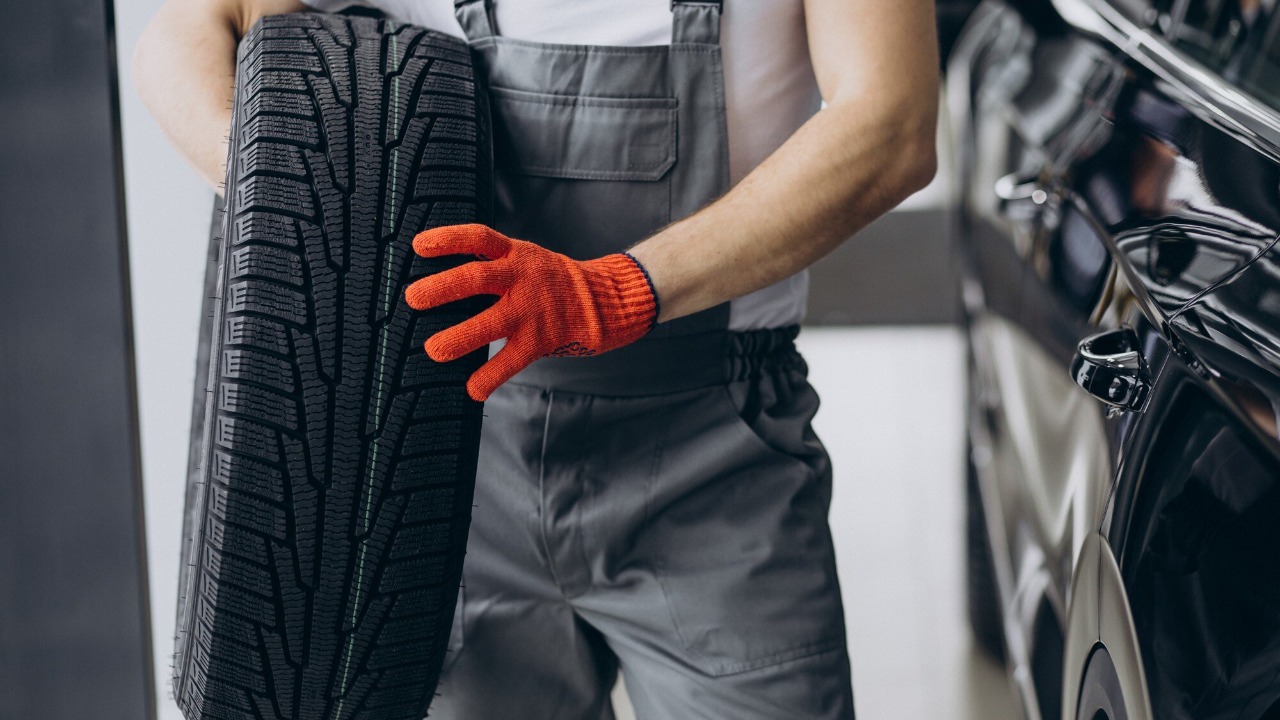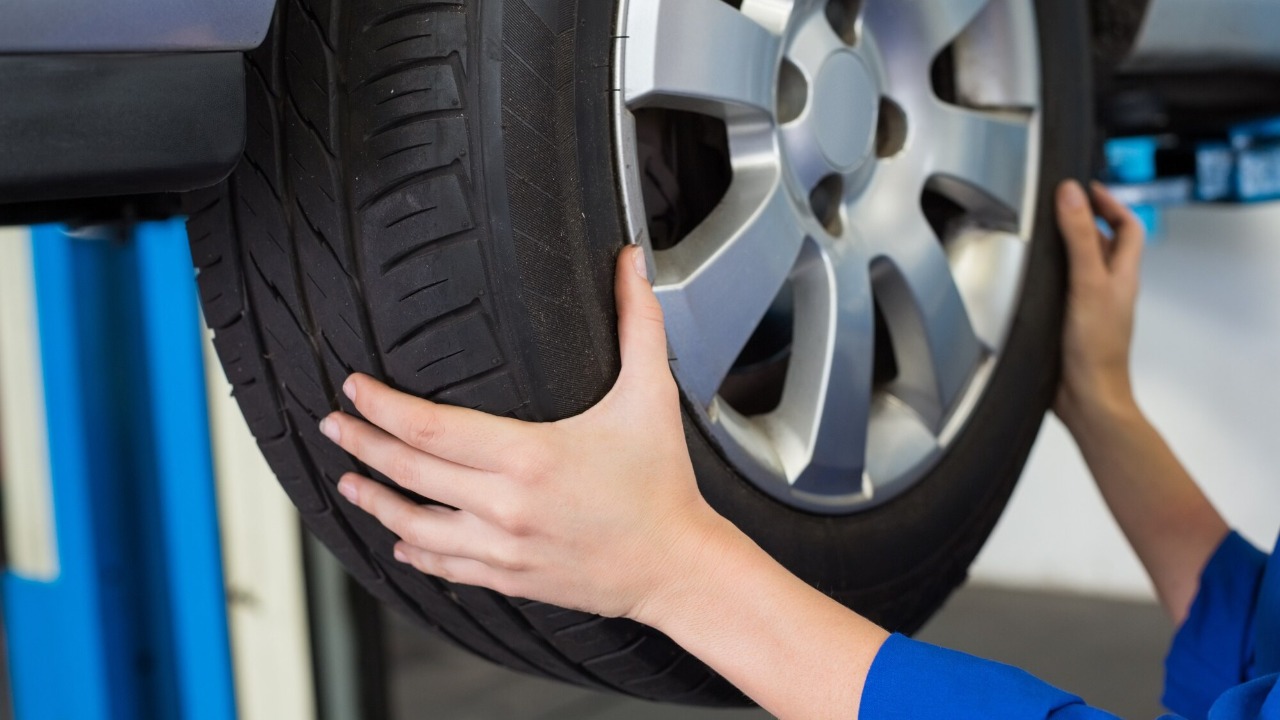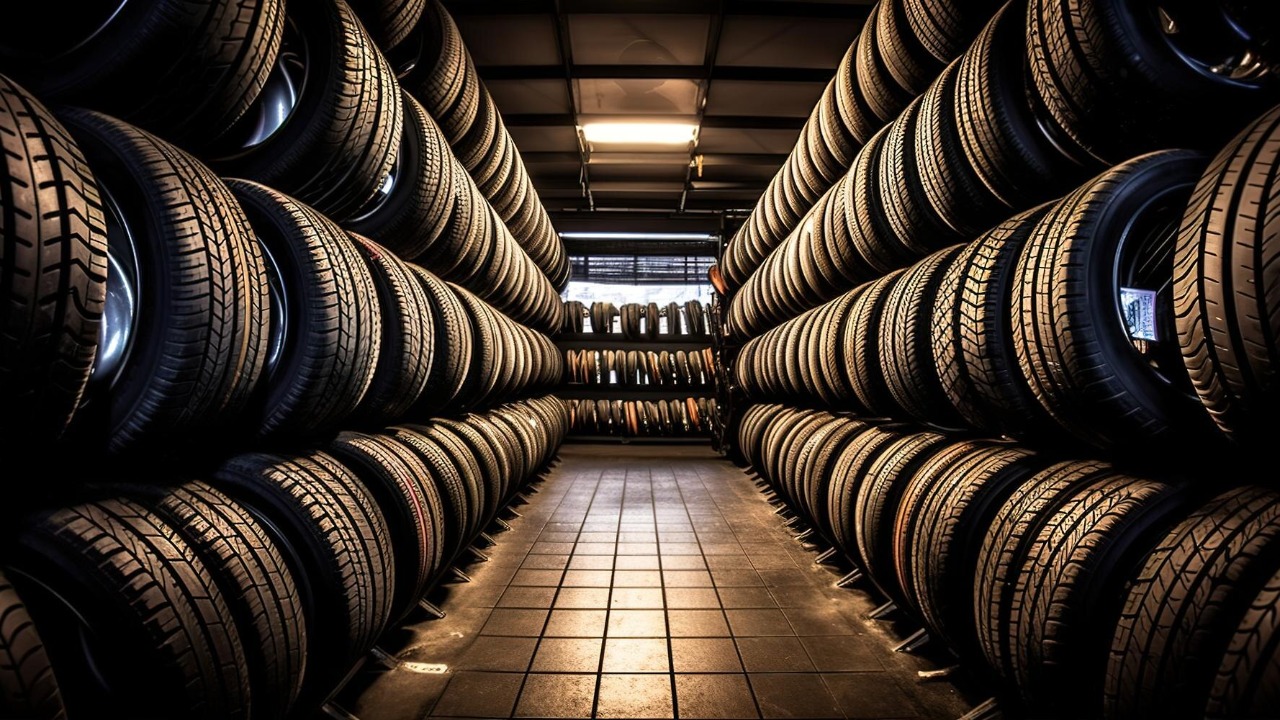
The automotive industry is constantly evolving, and one of the key changes we are witnessing is the gradual phasing out of spare tires in many new vehicles. This shift has significant implications for drivers, affecting their safety, convenience, and understanding of their vehicles. Let’s delve into the reasons behind this change and what it means for drivers like you.
The Decline of Spare Tires

There are several reasons why the automotive industry is moving away from including spare tires in new vehicles. One of the main factors is the impact of the spare tire’s size and weight on vehicle fuel efficiency. A study published on ScienceDirect explains how the weight of a vehicle significantly influences its fuel consumption. Manufacturers are always looking for ways to reduce vehicle weight and improve fuel efficiency, and eliminating the spare tire is one of the strategies being adopted.
Another crucial factor is the role of technology and innovation. With advancements in tire technology, the need for a spare tire is diminishing. For instance, run-flat tires, which we’ll discuss in the next section, can continue to function even after a puncture, negating the need for an immediate tire change. This shift towards innovative solutions is gradually making the spare tire obsolete.
The Role of Run-Flat Tires

Run-flat tires are an excellent example of the innovation that’s driving the decline of spare tires. These tires are designed to resist the effects of deflation when punctured, allowing you to continue driving at a reduced speed for a limited distance. This means you can get to a safe location or service station without having to change the tire on the roadside.
While run-flat tires offer several advantages, they also have some disadvantages. One of the most significant downsides is that they can be more expensive to replace than regular tires. Additionally, the driving experience can be slightly different, as these tires may provide a harder ride due to their stiffer sidewalls. Despite these drawbacks, the convenience and safety benefits they offer are leading to their increased adoption in many modern vehicles.
Alternatives to Spare Tires

Apart from run-flat tires, there are other alternatives to spare tires, such as tire repair kits and roadside assistance services. A tire repair kit typically includes a can of sealant and a compressor that plugs into your car’s power outlet. While they can be a handy solution for small punctures, they may not be as effective for larger damages.
On the other hand, roadside assistance services can be a reliable backup for drivers. Many automakers now offer these services as part of their warranty packages. However, it’s important to remember that while these alternatives can be helpful, they have their limitations. For instance, roadside assistance may not be available immediately, and tire repair kits may not work for all types of tire damage. Therefore, it’s crucial to understand these limitations and plan accordingly.
What Drivers Need to Know

Given these changes, it’s essential for drivers to be aware of whether their vehicle comes with a spare tire or not. If your vehicle doesn’t have a spare tire, you need to know how to handle a flat tire situation. This might involve using a run-flat tire, a tire repair kit, or calling for roadside assistance. An informative thread on Reddit provides some helpful advice on dealing with flat tires.
Regular tire maintenance and inspection play a crucial role in preventing tire-related issues. Keeping your tires properly inflated, regularly checking for signs of wear and tear, and rotating your tires can significantly reduce the risk of a flat tire. According to an article on The Sun, even spare tires have an expiration date, further emphasizing the importance of regular inspection and maintenance.
The Future of Tires in the Automotive Industry

Looking ahead, we can expect to see further innovations and changes in the automotive tire industry. New technologies are continuously being developed, with the potential to further reduce or even eliminate the need for spare tires. For instance, self-sealing tires and airless tires are some of the concepts currently being explored.
These changes will undoubtedly have a significant impact on drivers and the broader automotive industry. As drivers, we need to stay informed and adapt to these changes. As the industry continues to evolve, the traditional spare tire could become a thing of the past, replaced by more advanced, efficient, and convenient solutions.